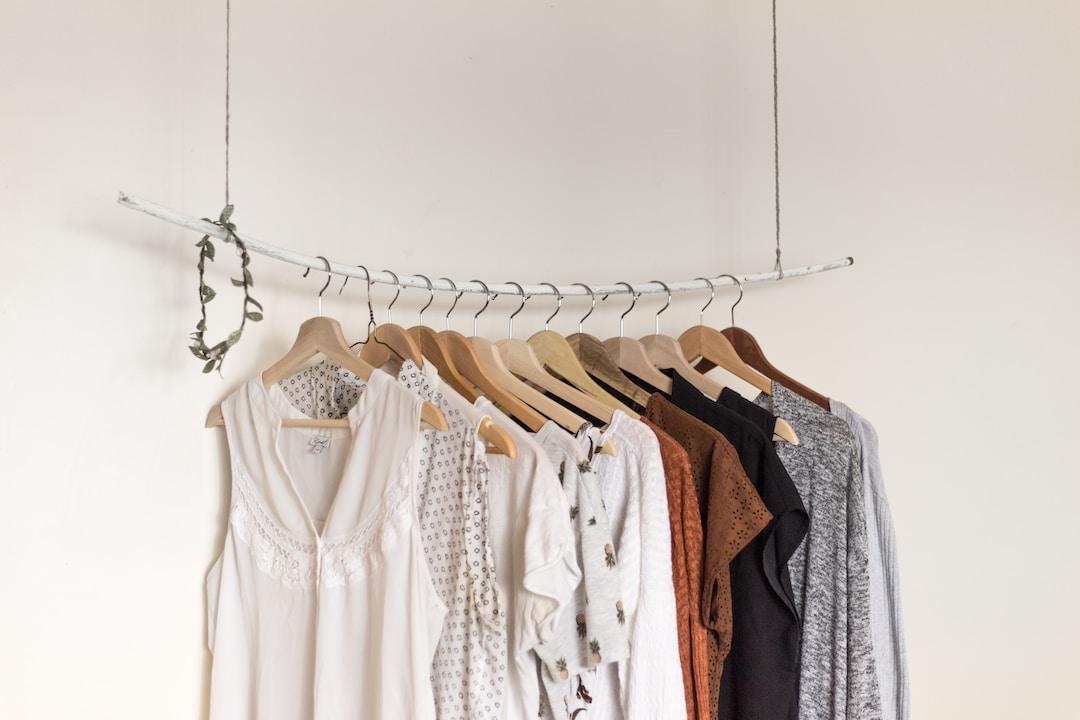Layering, an age-old technique of dressing, is interwoven into the fabric of our fashion history. It not only allows for a creative way of self-expression but also provides practical functionality. Learning to master the beautiful dance of textures, patterns, and styles can open a whole new world of wardrobe combinations that will leave you looking stylish, sophisticated, and feeling confident.
The art of layering is not limited to a particular season; it can be explored throughout the year. Whether you’re trying to keep warm during the winter months or looking to add a bit of flair to a summer outfit, layering techniques have something to offer. But this art requires a flair for fashion and knowledge of some essential concepts. Too much layering might make you look bulky, while minimal layering might not serve the purpose.
Let’s delve deep into the world of fashion layering, unlocking key attributes of this trend and exploring how to play with pieces to create a statement look that exemplifies personal style. Keep reading to discover timeless tips and tricks that you can incorporate into your wardrobe today.
Understanding the Basics of Layering

Before we can truly embrace the art of layering, it’s crucial to understand the basics. Layering is a technique that involves wearing multiple clothing items over each other. Even though it initially started as a means to keep warm during colder months, it has evolved into one of the most utilized design techniques in modern fashion.
To start with, pick a base layer. This will act as your canvas, and it’s typically something lightweight like a tank top or a fitted tunic. From this base, progressively build up your layers with heavier pieces such as sweaters, jackets, or blazers for women. It’s important to play with different cuts, shapes, and textures for an eclectic look. Remember the rule of thumb; the inner layers should be more fitted than the outer ones to prevent your outfit from looking bulky or uncomfortable.
Ensure you’re combining colors that work well together; consider the color wheel or attempt monochromatic layering for a fashionable look. Also, try to maintain a balance between different patterns and prints. If you’re wearing a heavily printed top as a base layer, consider going for solid colors for the rest of the layers to allow the prints to pop without overwhelming the look.
Fall and Winter Layering

The fall and winter seasons are undoubtedly the best times to showcase your layering skills. When the temperature drops, the need to stay cozy while looking fashionable opens doors to creative layering possibilities. Start with thermal wear or a light, jersey knit top. Layer it with a sweatshirt or a sweater and top it off with women’s blazers in the winter. Don’t forget to add scarves, hats, gloves, and other winter accessories to complete the look.
Also, use layering to come up with versatile outfits. Pair a lacey summer dress with a turtleneck sweater, tights, and boots to create a winter-ready outfit. Or, layer a long coat with a neutral-colored turtle neck sweater, skinny jeans, and knee-high boots for a chic winter look. You can also experiment with layering different materials such as wool, leather, and denim.
The key importance is to maintain the functionality of warmth while not compromising on style. Always adjust according to the temperature and your own comfort. Transitioning between different environments like the freezing outdoors to heated indoor spaces can be managed effectively with smart layering.
Summer Layering
Layering your outfit is not solely reserved for colder months; it can also play a vital role during warmer seasons. It is all about choosing the right materials and colors. For summer months, relying on light fabrics like cotton or linen can help create a layered look without causing discomfort. Start with a basic tank top or a lightweight tee. Add a fashionable element such as a breezy vest or a light scarf. Lastly, don’t overlook additions like sunglasses and hats; they also count as layers.
Summer layering also involves cleverly re-purposing clothing items. A button-down shirt can be transformed into a trendy cover-up, a light kimono can be fashioned into a chic top when paired with a camisole, or a simple scarf can be worn like a bandeau under an open button-down shirt, providing interesting textures and depth to your outfit
This style of dressing gives you the freedom to experiment with different styles and combinations. However, in the hot summer months, the rule is to keep it minimal and airy. Don’t overload with fabrics that weigh you down; opt for breathable fabrics and lighter shades that reflect heat and help maintain your comfort. You can shop for clothing essentials at Reitmans for year-round dressing.
Incorporating Texture and Contrast

One of the most exciting aspects of layering is the chance to play with different textures and contrasts. Layering different materials can add a lot of depth and interest to your outfit. Imagine wearing a soft cotton tee underneath a chunky knit cardigan, paired with a leather jacket. The divergence of textures creates a visually appealing outfit that’s both stylish and unique.
Playing with contrast is another fun approach. Contrasting colors can make your outfit pop and develop a focal point. Different shades of the same color can be used to create monochromatic layering, which is very on-trend and can make your ensemble look polished and stylish.
When it comes to incorporating texture and contrast, the key is to balance. If your base layer is heavily textured, you might want to keep the other layers simple. On the contrary, if the rest of your layers are fairly minimalist, indulging in a richly textured scarf or hat can add complexity and sophistication to your look.
Investing in Good Quality Layers
While fashion trends come and go, the art of layering has always been a perennial aspect of our clothing history. Therefore, investing in good quality layers that not only keep you warm but also facilitate your journey in making a unique style statement is essential. These staple pieces might seem like a big investment upfront, but the versatility that they bring to your wardrobe is invaluable.
Invest in key pieces such as a good quality blazer, a chunky knit sweater, a comfortable cardigan, a leather jacket, thermal wear, and lightweight tops for layering. Be mindful of the colors while you invest. It’s best to stick to neutral colors like blacks, whites, beiges, or grays for these items as these colors are more versatile and can be paired with a variety of other shades.
Always remember, quality over quantity should be your mantra when it comes to investing in these clothing items. A good quality piece will not only last longer but also render a sophisticated finish to your overall look.
Overall, mastering the art of layering is a journey of fashion exploration. It encourages creative expression by mixing and matching different garments, interpreting personal style in unique ways, and adding depth and dimension to everyday outfits. Tailoring these layers to suit personal preferences and tastes ensures that your ensemble is a reflection of your personality while staying stylish and comfortable. All you need is an open mind, a sense of style, and a dash of self-confidence to start layering. So what are you waiting for? Start exploring, start layering!








